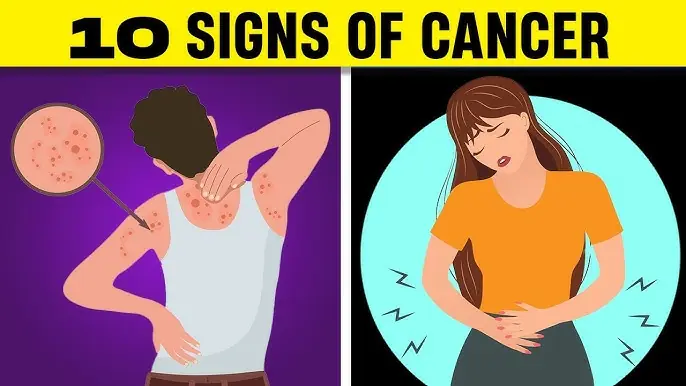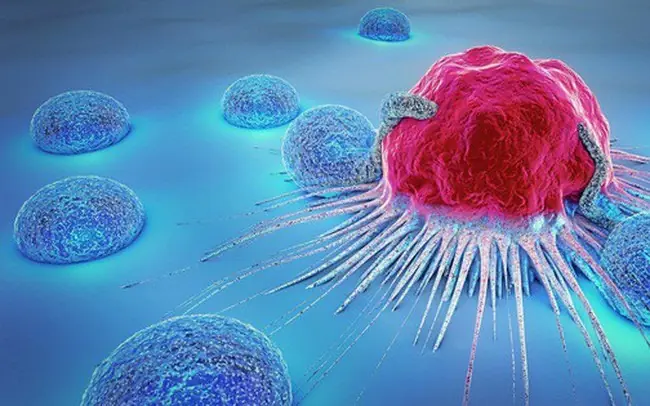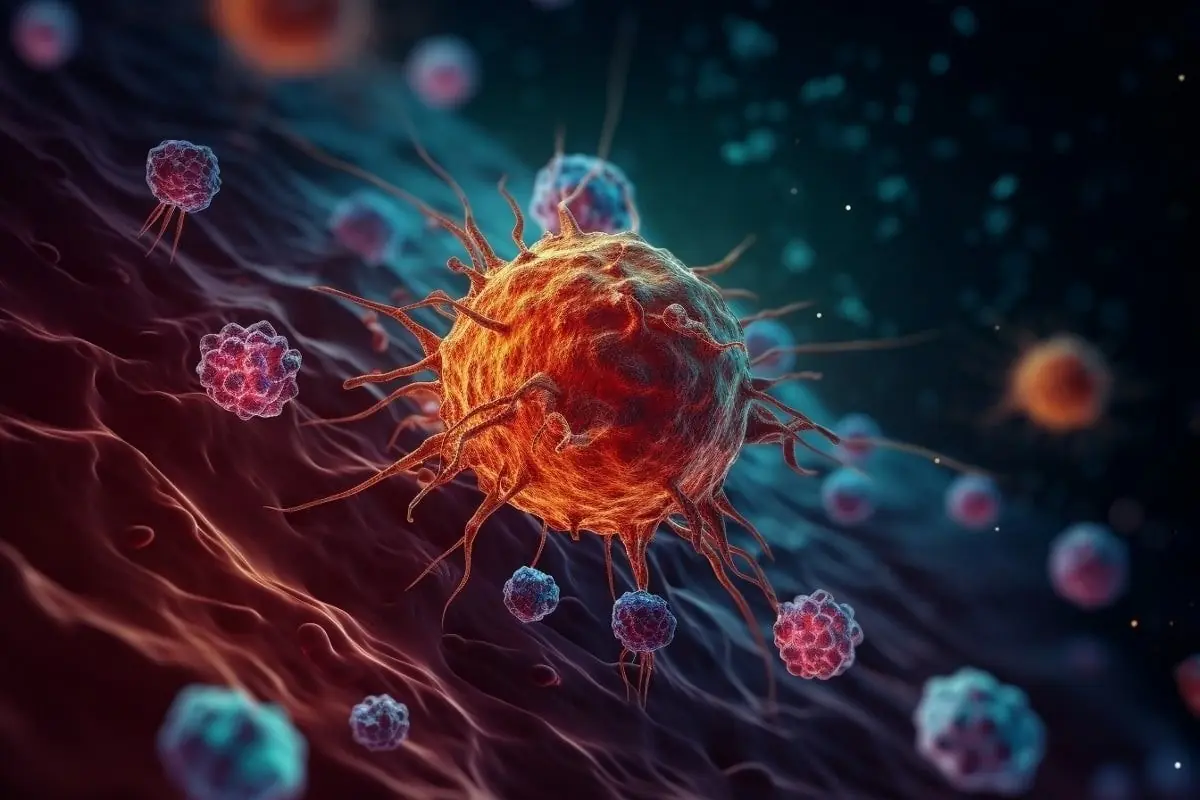
How Dangerous Are Brain Tumors? If You Have These Symptoms, Get Checked Before It's Too Late
Brain tumors are among the most alarming medical conditions known to science—not only because of their potentially fatal outcomes but also because their symptoms often appear subtly and are easy to overlook. While not all brain tumors are cancerous, any abnormal growth in the brain can interfere with vital functions and threaten a person’s life. Recognizing the early warning signs and seeking medical attention immediately can make a critical difference between recovery and tragedy.
A brain tumor is a mass or growth of abnormal cells in the brain. Tumors can be either benign (non-cancerous) or malignant (cancerous). Regardless of type, any growth in the limited space of the skull can cause pressure on the brain, leading to a variety of neurological symptoms. The danger lies not only in the tumor’s potential to grow but in its location. A small tumor in a critical area such as the brainstem or frontal lobe can cause serious complications, including memory loss, speech difficulties, seizures, and even death.
One of the most common early symptoms of a brain tumor is persistent headaches. Unlike regular headaches, those caused by tumors are often more severe in the morning and may worsen over time. They are frequently accompanied by nausea or vomiting, especially if they become more intense when you change positions or cough. Another warning sign is unexplained seizures in someone who has never had them before. Seizures can vary in form—from full-body convulsions to sudden jerking of a limb or brief lapses in awareness.
Changes in vision are also a red flag. People may experience double vision, blurry sight, or even loss of peripheral vision. Sudden clumsiness, difficulty walking, or poor coordination may suggest the tumor is affecting the cerebellum, which controls movement and balance. Other symptoms include confusion, personality changes, slurred speech, and weakness or numbness on one side of the body.
Unfortunately, many people ignore these symptoms or mistake them for less serious conditions like migraines, stress, or fatigue. This delay can be dangerous. Some brain tumors grow quickly and aggressively, such as glioblastomas, and early detection is crucial for treatment options to be effective. In many cases, when the tumor is discovered too late, it may be inoperable or have already spread to other parts of the brain or body.
So who should be especially cautious? Anyone experiencing multiple or persistent symptoms without a clear cause should consult a doctor immediately. Individuals with a family history of brain tumors, previous exposure to radiation, or certain genetic conditions are at higher risk and should be particularly vigilant. Moreover, people over the age of 50 are more likely to develop brain tumors, though they can occur at any age.
Diagnosis typically begins with a neurological exam, followed by imaging tests such as MRI or CT scans. If a tumor is found, a biopsy may be needed to determine whether it is benign or malignant. Treatment depends on the tumor’s type, size, and location and may include surgery, radiation therapy, chemotherapy, or a combination of these methods.
While the thought of having a brain tumor is frightening, advances in medical technology have greatly improved survival rates and treatment outcomes. The key is catching it early. Don’t wait for the symptoms to worsen or go away on their own. Listen to your body, trust your instincts, and see a doctor if something feels wrong.
In conclusion, brain tumors are dangerous not just because of their physical effects but also because they are often hidden in plain sight. Recognizing the symptoms and seeking immediate medical attention can save your life or the life of someone you love. When it comes to your brain, every second matters—don’t wait until it’s too late.
News in the same category


Is Your Body Trying to Tell You Something? 15 Early Signs of Cancer

If You Suddenly Wake Up Between 3:07 and 3:15 AM, You Should Be Extra Cautious

Discovery of a Drink That Helps “Push Back” Cancer: It's Not Tea or Coffee

One Year Before Death: The Body Often Shows 5 Warning Signs!

Revolutionary HIV Treatment: Lenacapavir Achieves 100% Clinical Efficacy

10 Warning Signs Your Kidneys May Be in Trouble

10 Foods Linked to Cancer You Should Avoid

How to Reduce Age Spots: Causes, Treatments, and Prevention

How to help naturally relieve gout and joint pain

Sudden Sharp Chest Pain? The Mystery May Finally Be Solved

8 Warning Signs Your Oxygen Levels May Be Too Low — And How to Improve Them Naturally

Man Loses 400 Pounds Naturally and Raises Funds to Remove Excess Skin

47-Year-Old Man Dies of Liver Cancer: ‘2 Pains and 2 Itches’ Could Be Warning Signs of Liver Disease

Losing 93 Kilograms by Eating Only Meat and Eggs for Half a Year — Even the Doctor Was Shocked

Dangers of 36-hour fasting revealed in shocking simulation

There’s an “Emperor’s Acupoint” on Your Foot! Rub It 30 Times Morning and Night to Activate Blood Circulation from Head to Toe

2 Types of Fruits That Cancer Cells “Love” – What You Need to Know

7 Warning Signs of Cancer: Don’t Ignore the SOS Signals Your Body Is Sending You!
News Post

Understanding Uterine Fibroids: Causes, Symptoms, and Treatment Options

Is Your Body Trying to Tell You Something? 15 Early Signs of Cancer

The Sun Isn't Yellow — It's Actually White ☀️

Astronomers Discover 2017 OF201: A Massive Dwarf Planet Beyond Pluto That Could Redefine Our Solar System

If You Suddenly Wake Up Between 3:07 and 3:15 AM, You Should Be Extra Cautious

Discovery of a Drink That Helps “Push Back” Cancer: It's Not Tea or Coffee

One Year Before Death: The Body Often Shows 5 Warning Signs!

Revolutionary HIV Treatment: Lenacapavir Achieves 100% Clinical Efficacy

Scientists Use AI And Ancient Linen To Reveal What Jesus May Have Truly Looked Like

Astronomers Discover 2017 OF201: A Massive Dwarf Planet Beyond Pluto That Could Reshape Our Understanding Of The Solar System

10 Warning Signs Your Kidneys May Be in Trouble

10 Foods Linked to Cancer You Should Avoid

How to Reduce Age Spots: Causes, Treatments, and Prevention

Ginger Tea – The Natural Blood Thinner

I Haven’t Been Sick for 35 Years! The Secret? Ginger & Red Onion for Clear Vision, Sharp Mind, and Normal Blood Pressure

Simulation Shows Earth’s Devastating Collapse If Oxygen Vanished for Just 5 Seconds

🌿 Unlock Gentle Daily Detox with 3 Kitchen Staples: Tangerine, Walnuts & Ginger

Discover Hattusa: The Ancient City 2,000 Years Older Than Machu Picchu

This Natural Drink Could Help Lower Blood Pressure, Fight Diabetes, and Even Cancer – According to Dr. Frank Suárez
